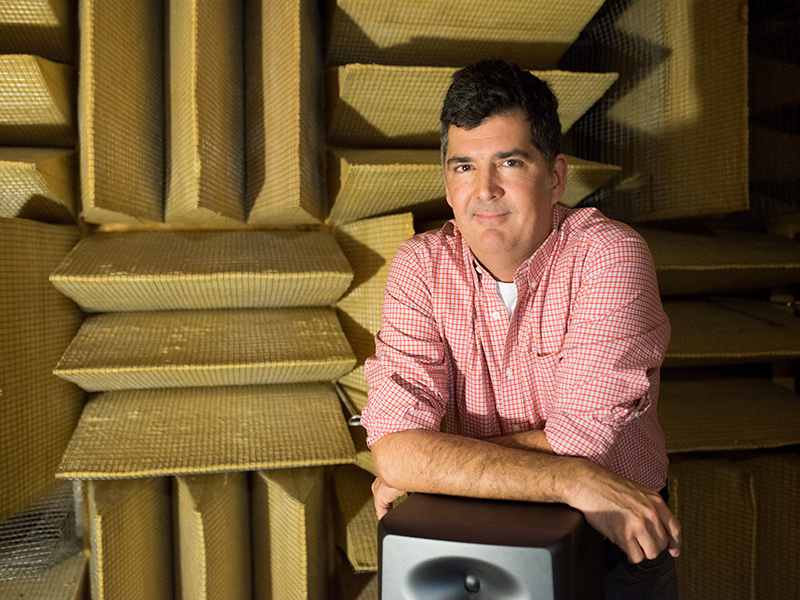Texas Engineers will lead a new project on marine carbon dioxide removal, capture and storage as part of a larger research push from the U.S. Department of Energy (DOE).
Preston Wilson, professor in the Cockrell School of Engineering's Walker Department of Mechanical Engineering, along with the proposal team will develop an acoustic sensor network to quantify ecosystem activity and how effectively carbon is stored in shallow seagrass beds, an important sink in the coastal blue carbon cycle.

Wilson is an expert in acoustics, and he has done significant oceanic studies based on sound. In this case, when the seagrass takes in sunlight and carbon dioxide the plants exhale oxygen. They do so by emitting bubbles into the surrounding water through the leaves and emitting bubbles into the sediment through their roots and rhizomes.
"Just like blowing bubbles through a straw into a glass of water, the seagrass respiration emits sound," Wilson said. "Sound emitted is directly related to the amount of seagrass respiration, which is in turn directly related to the amount of bioproductivity, which is in turn related to carbon sequestration. So, we listen to the seagrass respiration and relate that to carbon dioxide sequestration."
Wilson's project received $2 million in funding. DOE awarded a total of $36 million for 11 projects across eight states for research on marine carbon capture dioxide removal.
Team members on the project include professor Ken Dunton, from the College of Natural Sciences’ Marine Science Institute, and Megan Ballard and Kevin Lee from UT’s Applied Research Laboratories.
Marine carbon capture techniques take advantage of the ocean’s natural carbon capture and storage processes and, together with other carbon dioxide removal methods, have the potential to mitigate and remove hundreds of millions of tons of harmful carbon dioxide emissions per year. This technology represents an important part of the U.S. government's push to achieve a net-zero emissions economy by 2050.







